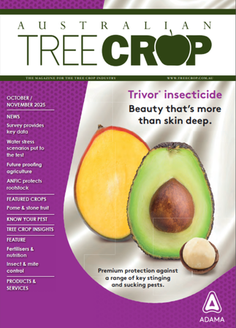Disease & weed control
Ensure you're across EU changes
Upcoming changes to the maximum residue limit (MRL) in the European Union (EU) for fenoxycarb, the active in one of the pome fruit industry’s valued IPM insecticides, Insegar, should prompt discussion between agronomists and those growers targeting export markets and export agents.
















